Reportar esta entrada
Más sobre la misma comunidad-colección
Obispo Sidney M. Metzger (al centro)
Bishop Sidney Matthew Metzger (1902 - 1986) was an American ...
Emma Moreno, Norma Stoltz y Amalia Morena Stoltz
These beautiful women and the little girl are Emma Moreno, Norma ...
Familia Ramirez - 1937 - El Paso, Tejas
The image shows Beatriz and Ruperto Ramirez and their children: ...
Madre e hija - 1944 - Imagen de la semana
The daughter and mother were called Gloria Montelongo Chriss and ...
Juanita, Maria, Jesus y Raquel Hernandez - El Paso, Tejas
The image of the four brothers and sisters Juanita, Maria, Jesus ...
Pioneer Plaza en la década de 1910
The image shows the Pioneer Plaza in the 1910s. One can see the ...











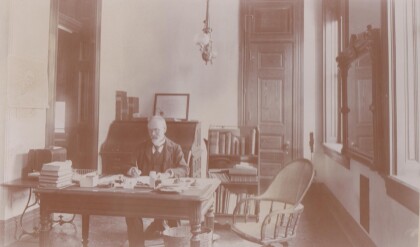
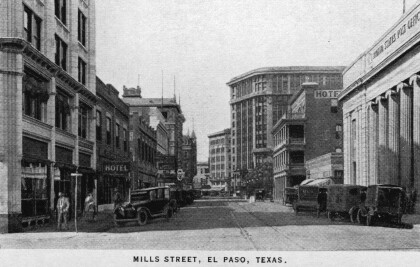
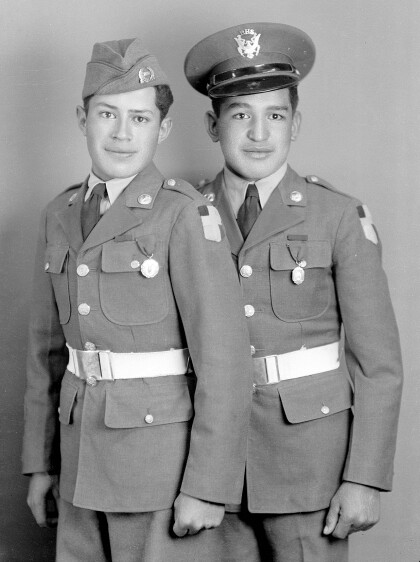
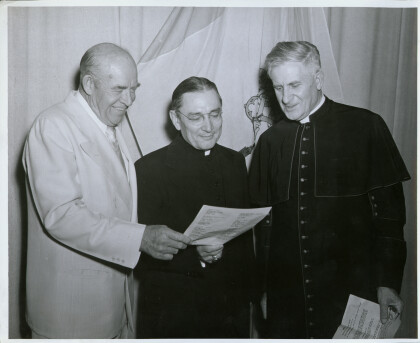
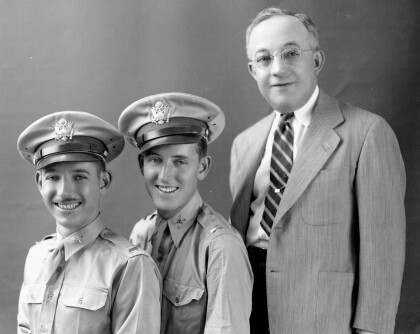
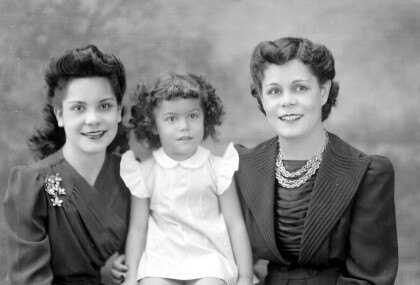
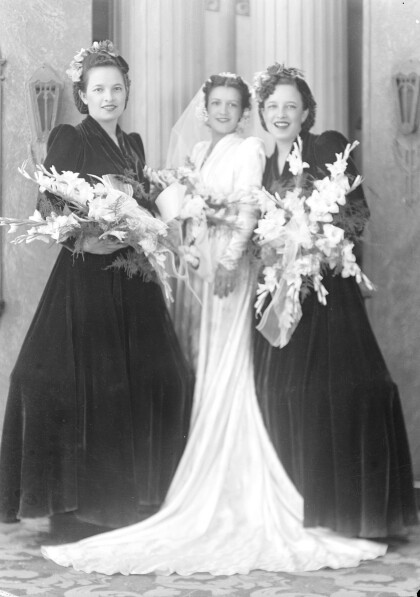
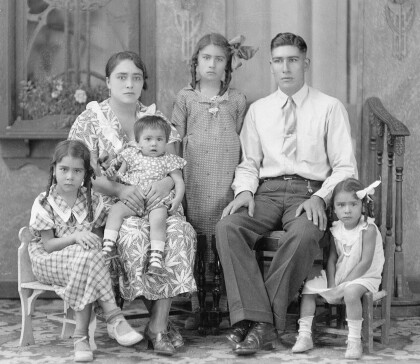
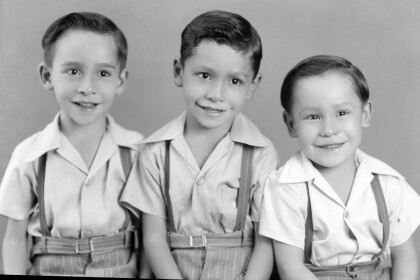
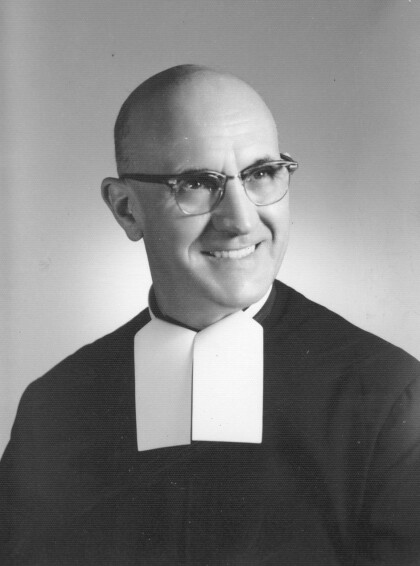
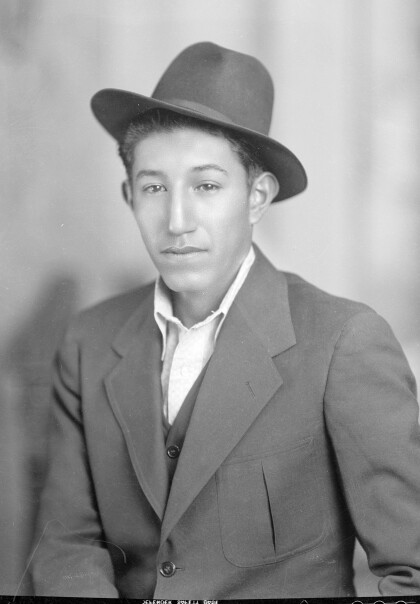
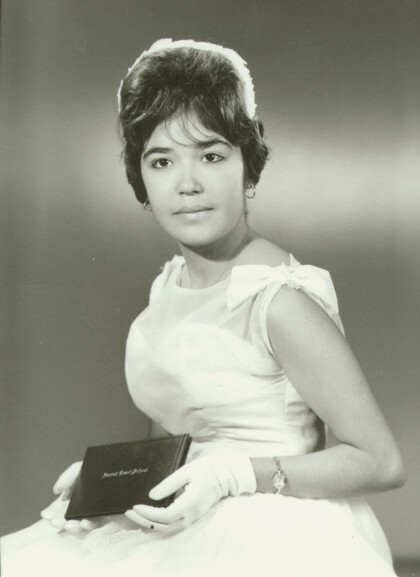
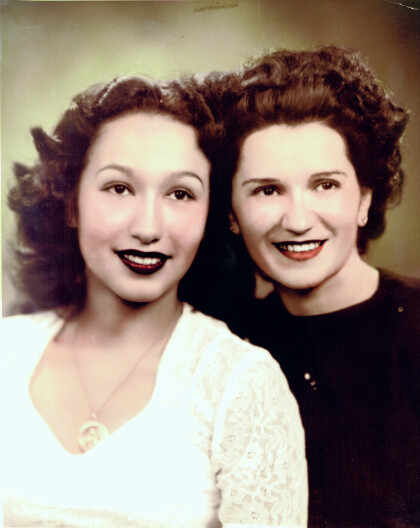
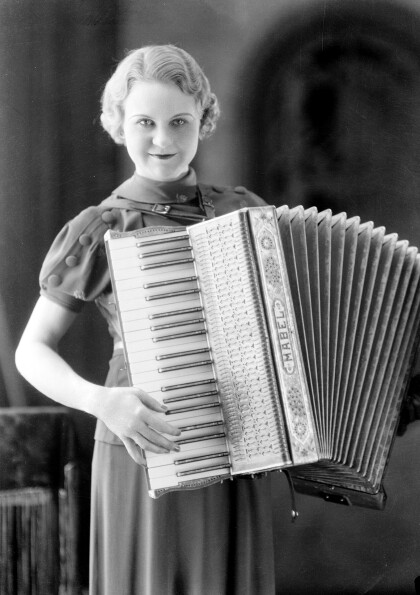
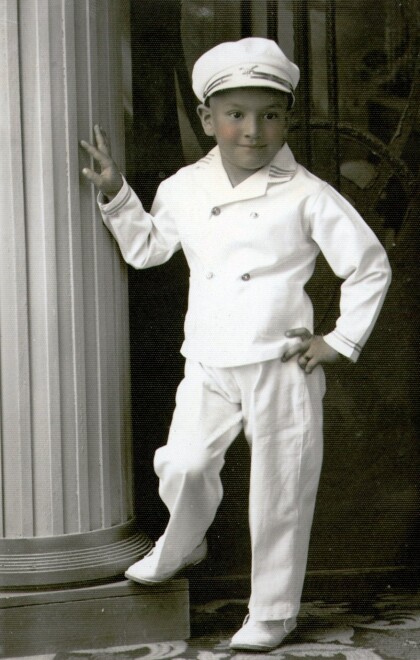
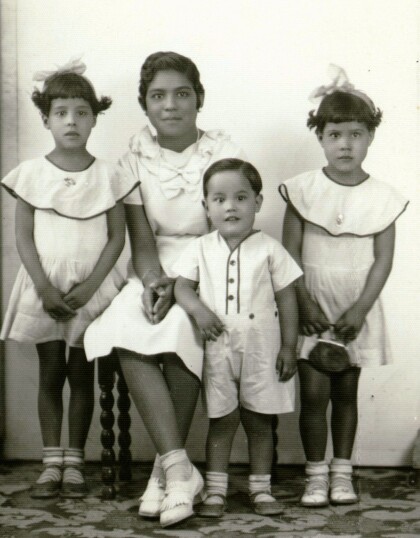
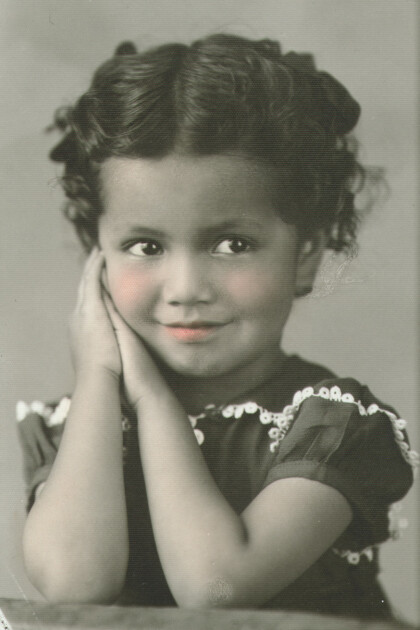
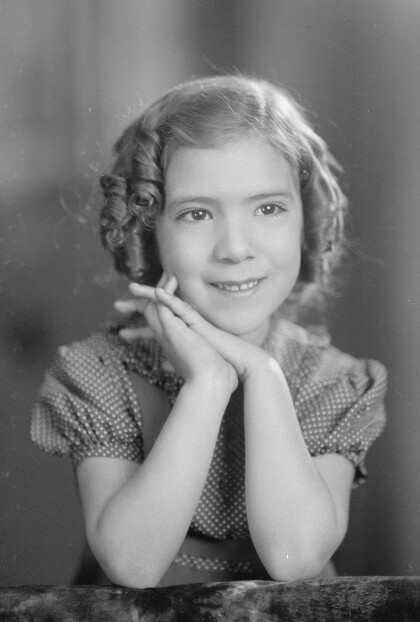
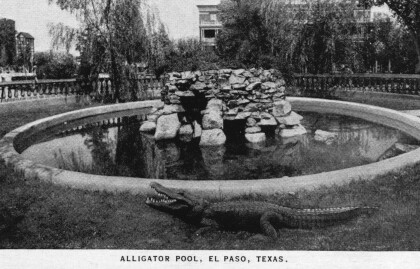
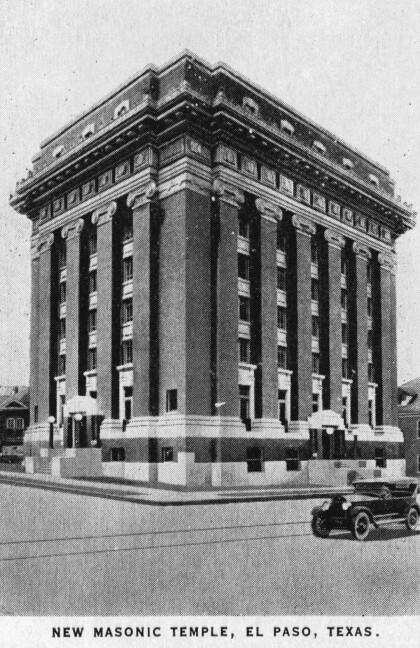
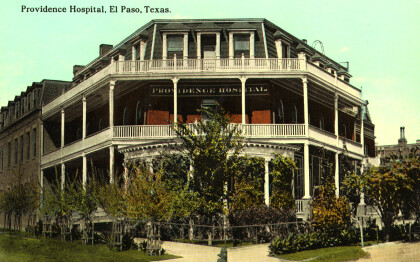
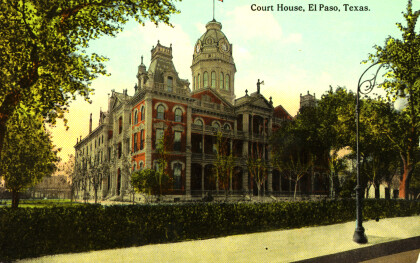
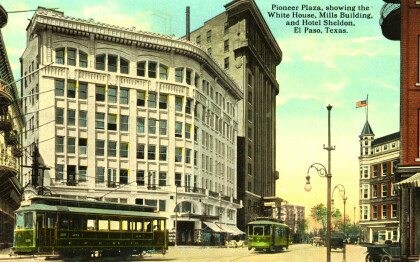
Comentarios
Hacer un comentario